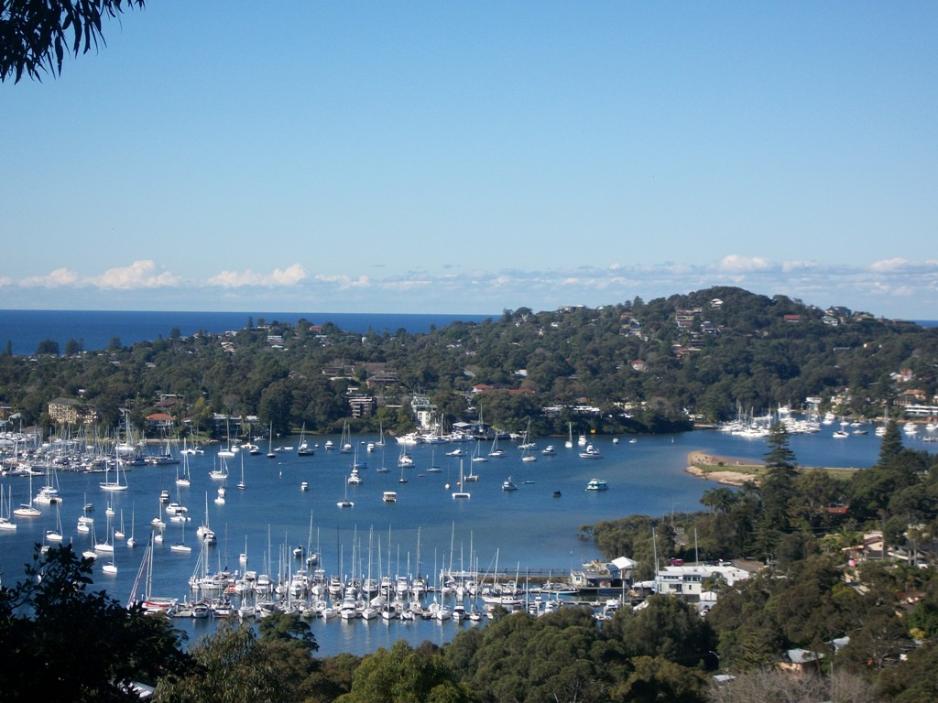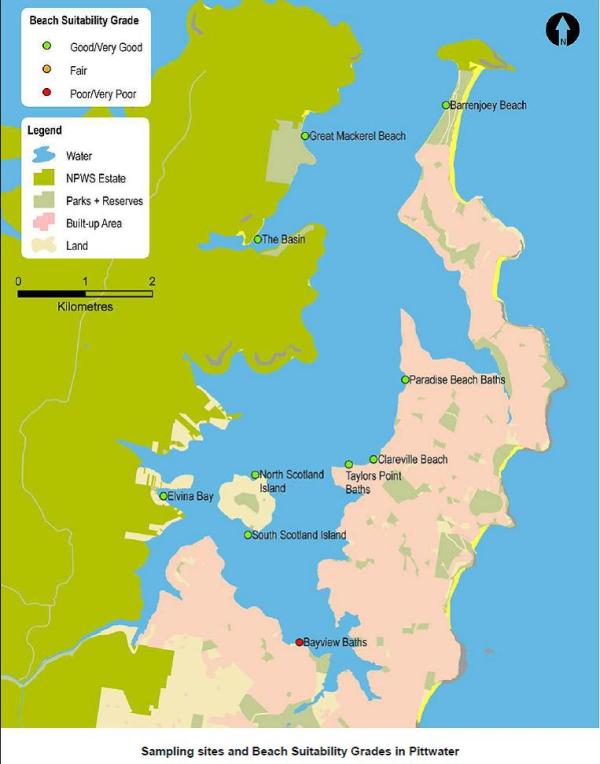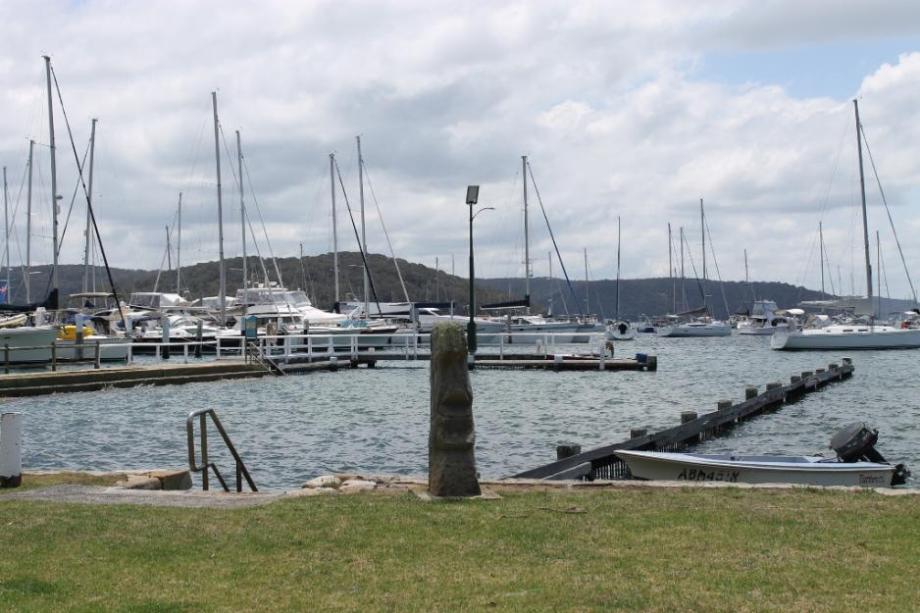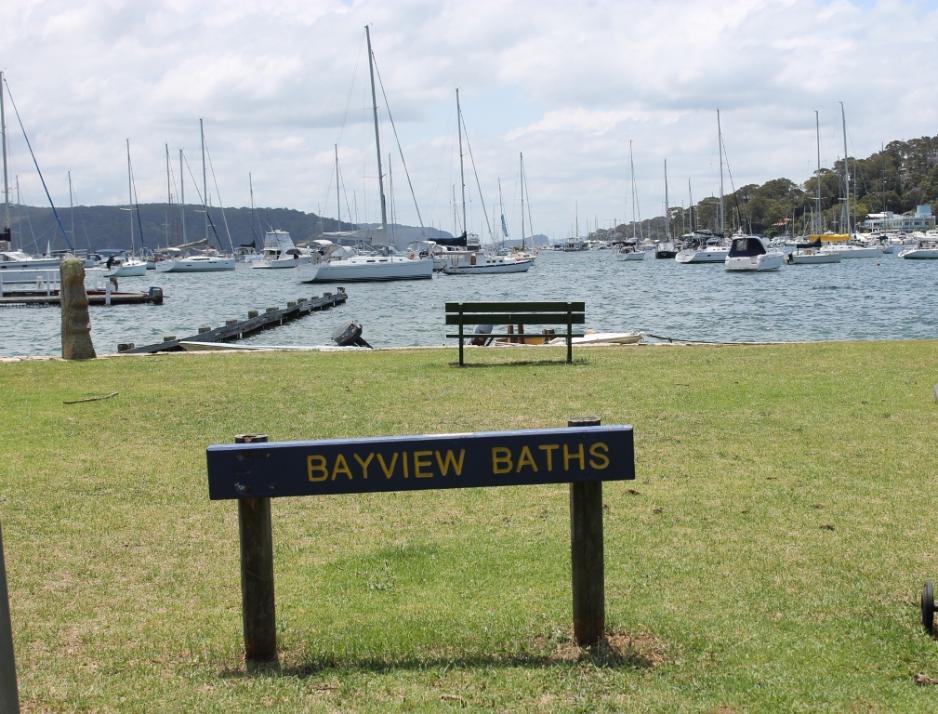October 12 - 18, 2014: Issue 184
State of the Beaches report 2013-14

GOOD NEWS FOR NSW BEACHGOERS THIS SUMMER
Rob Stokes MP; Minister for the Environment; Minister for Heritage; Minister for the Central Coast; Assistant Minister for Planning
Monday 6 October 2014 - NSW beaches are among the best in the world, the latest State of the Beaches report has confirmed.
The annual scorecard, released by Environment Minister Rob Stokes today, shows that 97 per cent of the 144 ocean beaches monitored by Beachwatch were graded as Good or Very Good.
“I am delighted that 25 years after Beachwatch was started by the Greiner Government in response to community anger about water quality at our beaches, our performance is improving out of sight,” Mr Stokes said.
“Water quality improved at 29 sites this year, moving from Good to Very Good.”
Along the coast, the State of the Beaches 2013-2014 report found:
•206 (83%) of the 249 monitored swimming locations were graded as Very Good or Good, compared to 81% in 2012-2013
•140 (97%) of the 144 monitored ocean beaches we graded as Good or Very Good, compared to 96% in 2012-2013
•54 (71%) of the 76 monitored estuarine beaches were graded as Good or Very Good compared to 67 % of estuarine beaches in 2012-13.
“As well as monitoring 94 swimming spots in Sydney, Beachwatch supports and coordinates monitoring programs for 11 councils along the NSW coast to make sure communities know where it is safe to swim, and where we can improve,” Mr Stokes said.
“It also provides daily beach pollution forecasts for beaches in the Hunter, Illawarra and Sydney. From October 1 Beachwatch will now also provide daily forecasts for beaches on the Central Coast.”
To make it as easy as possible for swimmers and beachgoers to find out about water quality at their local beach or while on holidays, daily pollution forecasts are available by email, on Twitter and Facebook and through a mobile app.
The full 2013/14 State of the Beaches Report is at
www.environment.nsw.gov.au/beach/ar1314/index.htm
 Beach Suitability Grades for Sydney Region
Beach Suitability Grades for Sydney RegionNorthern Sydney
Palm Beach Ocean beach - VG
Whale Beach Ocean beach - VG
Avalon Beach Ocean beach - VG
Bilgola Beach Ocean beach - VG
Newport Beach Ocean beach - VG
Bungan Beach Ocean beach - VG
Mona Vale Beach Ocean beach - VG
Warriewood Beach Ocean beach - G
Turimetta Beach Ocean beach - G
North Narrabeen Beach Ocean beach - G
Narrabeen Lagoon Lagoon - G
Collaroy Beach Ocean beach- G
Long Reef Beach Ocean beach - G
Dee Why Beach Ocean beach - VG
North Curl Curl Beach Ocean beach - G
South Curl Curl Beach Ocean beach - VG
Freshwater Beach Ocean beach - G
Queenscliff Beach Ocean beach - G
North Steyne Beach Ocean beach - G
South Steyne Beach Ocean beach - G
Shelly Beach Ocean beach - VG
Barrenjoey Beach Estuarine - G
Paradise Beach Baths Estuarine - G
Clareville Beach Estuarine - G
Taylors Point Baths Estuarine - G
Bayview Baths Estuarine - P
Elvina Bay Estuarine - G
North Scotland Island Estuarine - G
South Scotland Island Estuarine - G
The Basin Estuarine - VG
Great Mackerel Beach Estuarine - G
VG: Very Good G:Good F: Fair P: Poor VP:Very Poor
Image from State of the Beaches report 2013-14
Published by: Office of Environment and Heritage NSW
59 Goulburn Street, Sydney
PO Box A290, Sydney South NSW 1232
Beach monitoring in NSW
The water quality of beaches and other swimming locations is monitored to provide the community with accurate information on the cleanliness of the water. This enables individuals to make informed decisions about where and when to swim. Routine assessment also measures the impact of pollution sources, enables the effectiveness of stormwater and wastewater management practices to be assessed, and highlights areas where further work is required.
Swimming sites in NSW are graded as Very Good, Good, Fair, Poor or Very Poor in accordance with the National Health and Medical Research Council’s 2008 Guidelines for Managing Risks in Recreational Waters . These Beach Suitability Grades provide a long term assessment of how suitable a beach is for swimming. The grades are determined from the most recent 100 data water quality results (two to four years’ worth of data depending on the sampling frequency) and a risk assessment of potential pollution sources.
Rainfall impacts
A total of 249 swimming locations along the NSW coast were monitored during 2013-2014. The Beach Suitability Grades for these sites are based on data collected over the last two to four years. Rainfall over this period has been diverse, beginning with sustained wet weather conditions and flooding along many areas of the NSW coast, and ending with well below average rainfall across the state and a lack of significant rainfall events.
Rainfall is the major driver of pollution to recreational waters, generating stormwater runoff and triggering discharges from the wastewater treatment and transport systems. Beach Suitability Grades at 29 sites improved this year due to the inclusion of water quality data from the drier 2013-2014 summer period in the assessment. Most improvements were from Good to Very Good grades.

Bayview Baths.
Health risks
Contamination of recreational waters with faecal material from animal and human sources can pose significant health problems to beach users owing to the presence of pathogens (disease-causing micro-organisms) in the faecal material. The most common groups of pathogens found in recreational waters are bacteria, protozoans and viruses.
Exposure to contaminated water can cause gastroenteritis, with symptoms including vomiting, diarrhoea, stomach-ache, nausea, headache and fever. Eye, ear, skin and upper respiratory tract infections can also be contracted when pathogens come into contact with small breaks and tears in the skin or ruptures of the delicate membranes in the ear or nose.
Certain groups of users may be more vulnerable to the threat of microbial infection than others. Children, the elderly, people with compromised immune systems, tourists, and people from culturally and linguistically diverse backgrounds are generally most at risk. - p. 1.State of the Beaches report 2013-14
